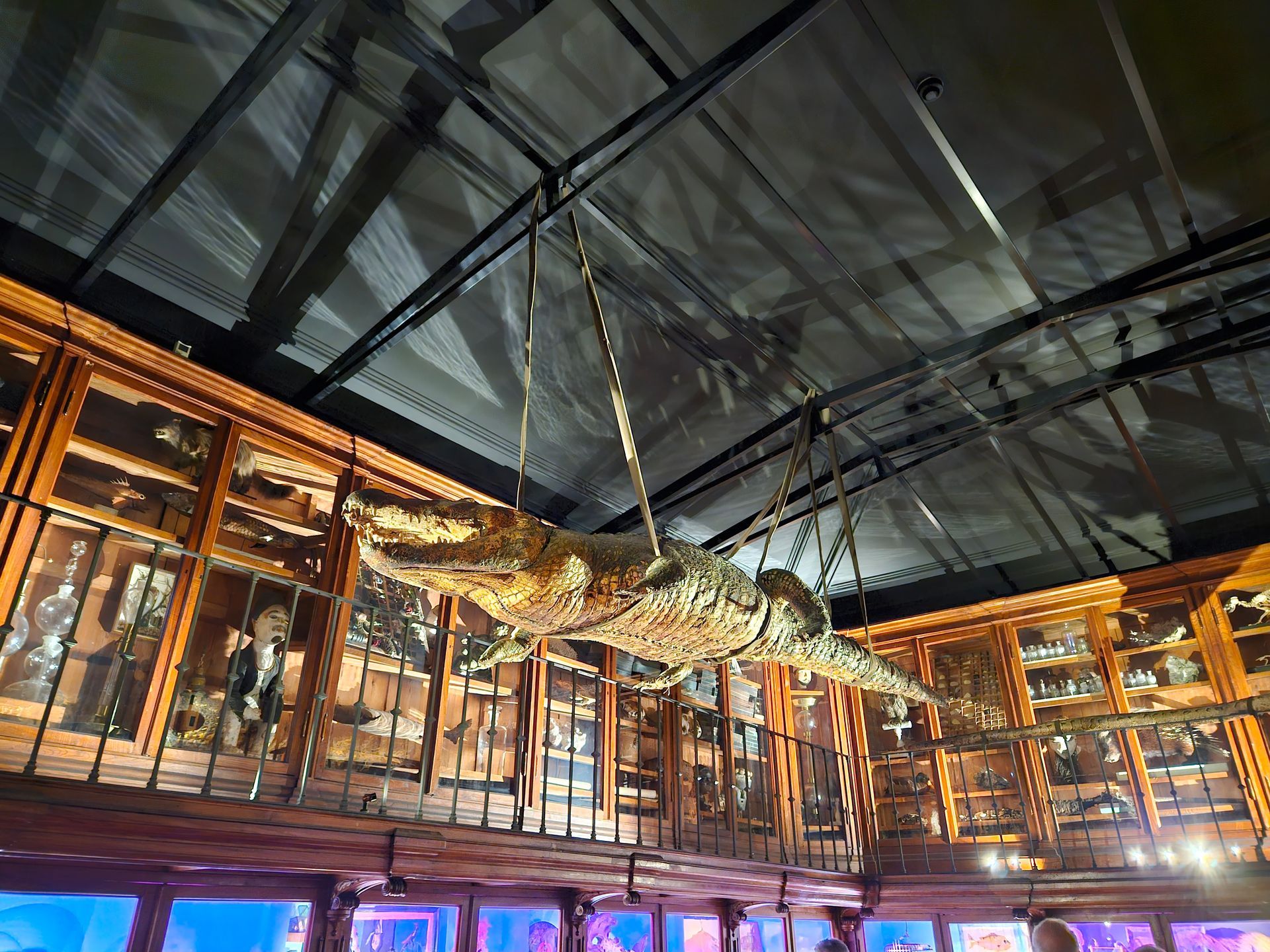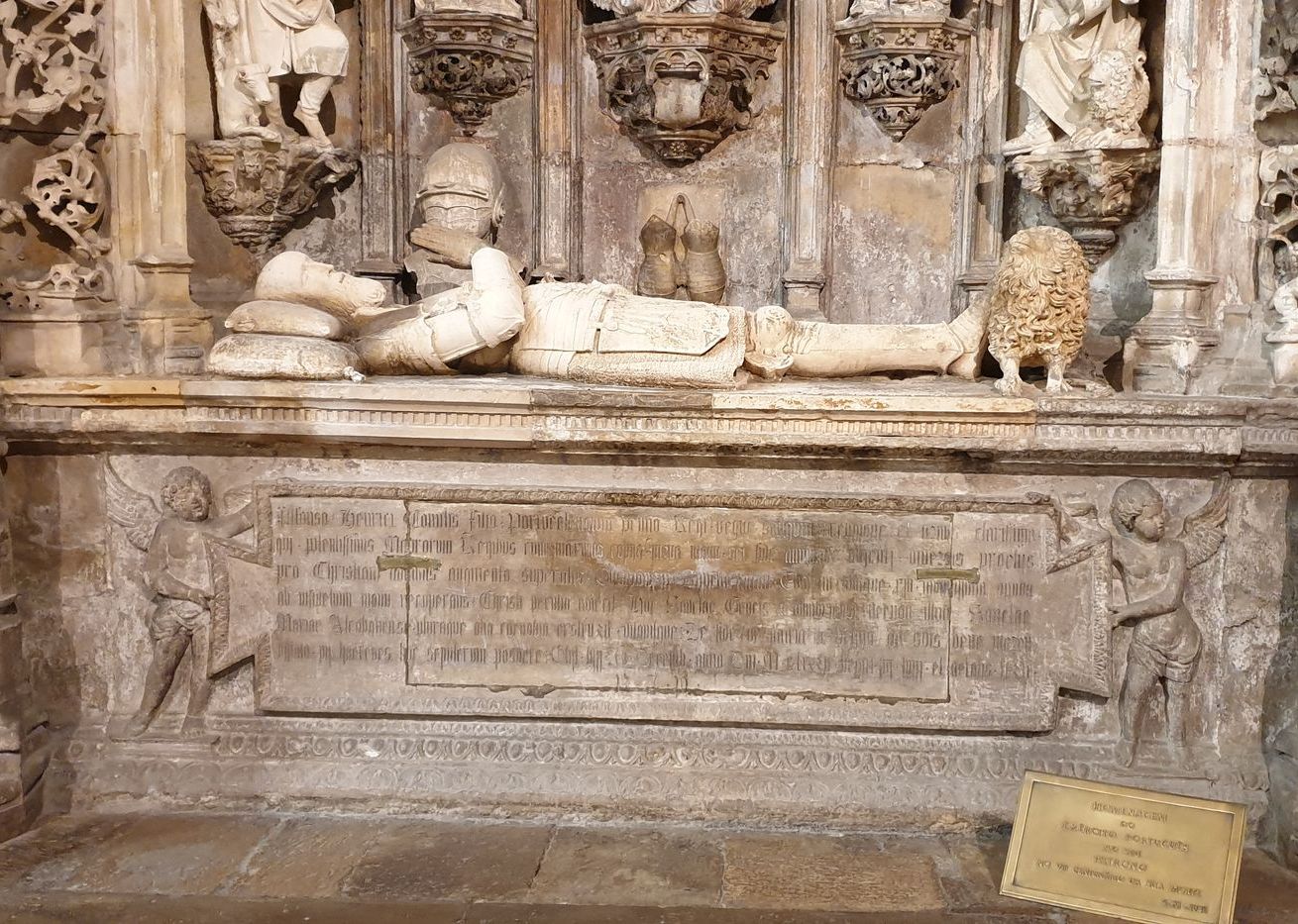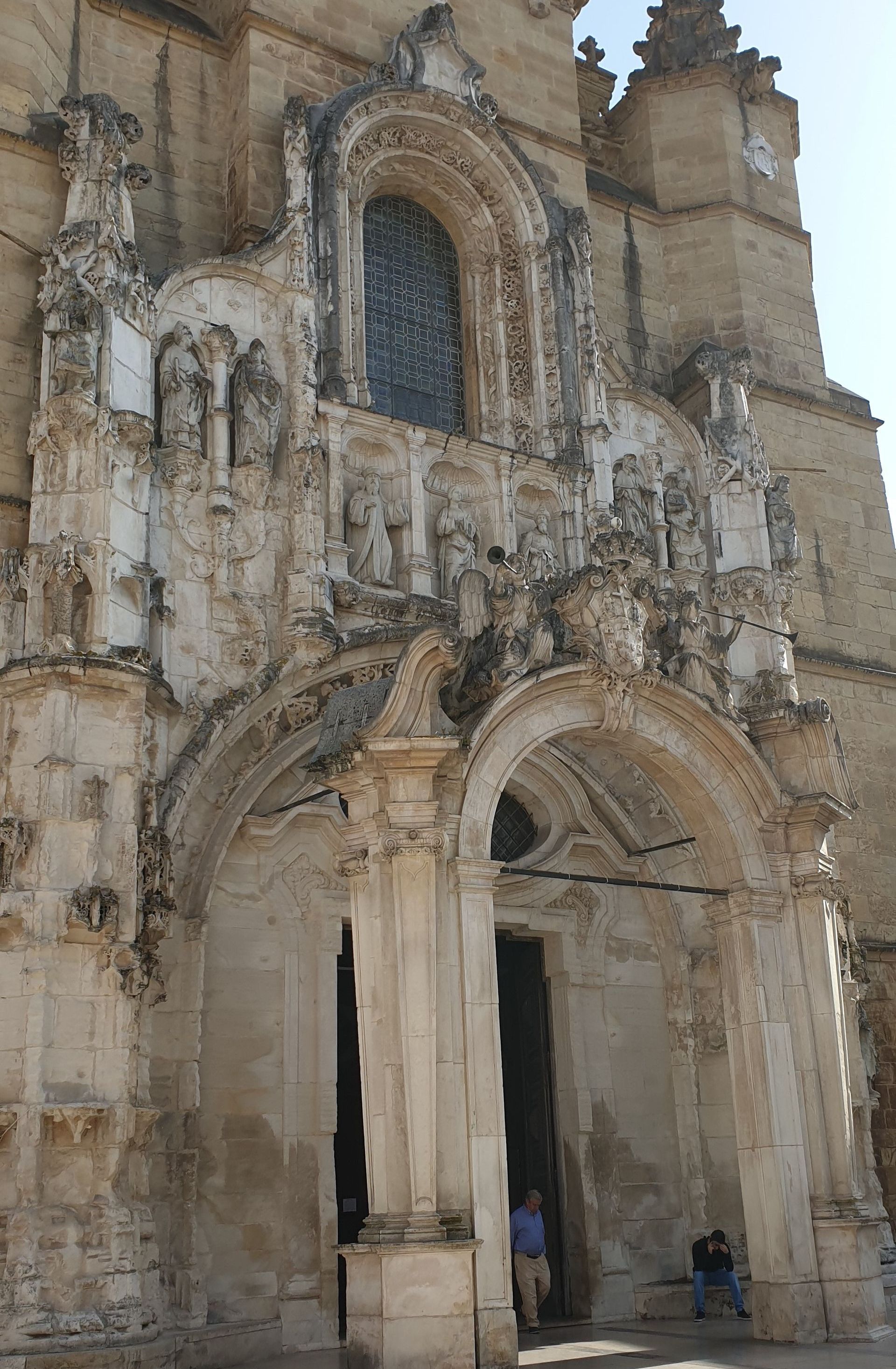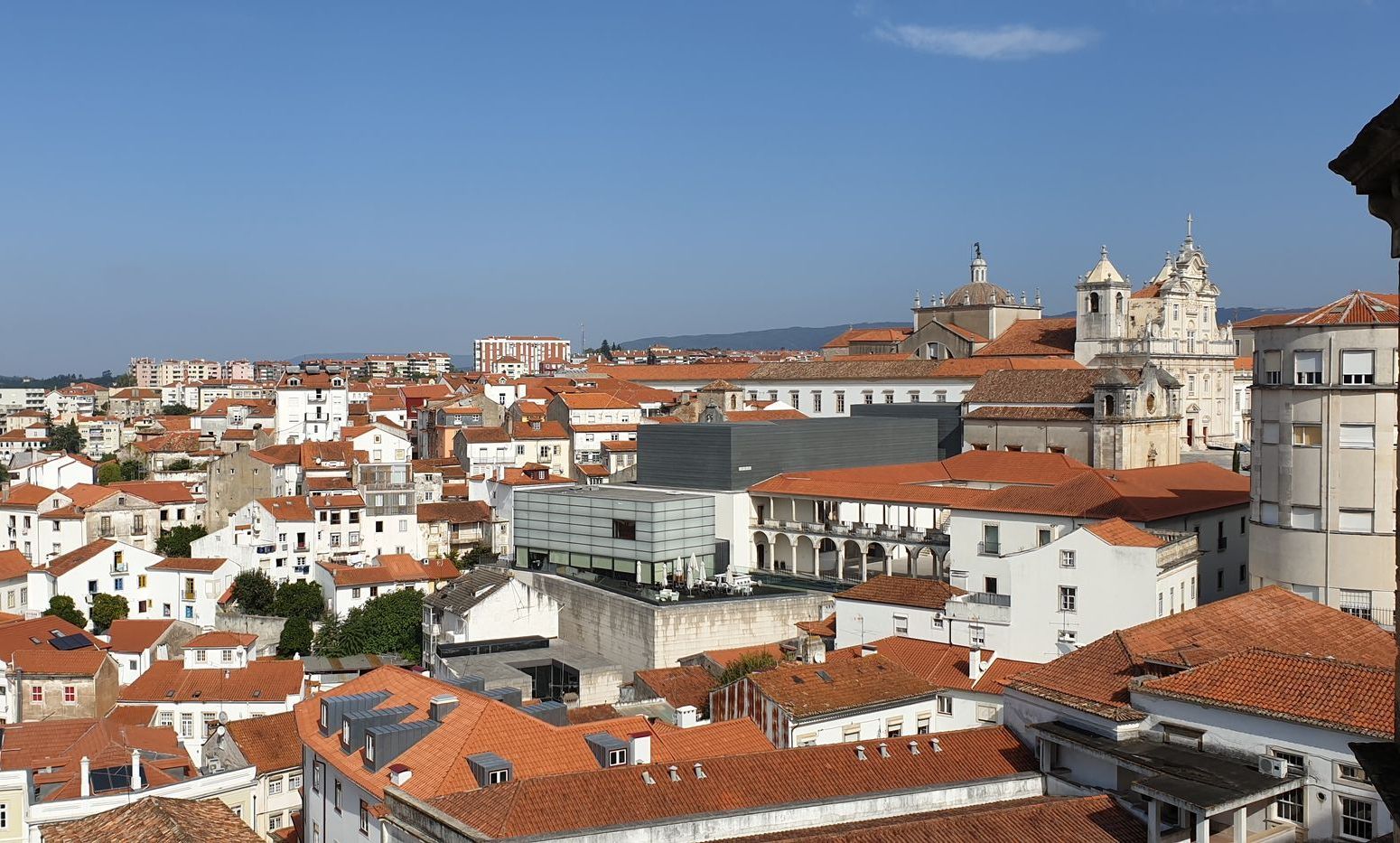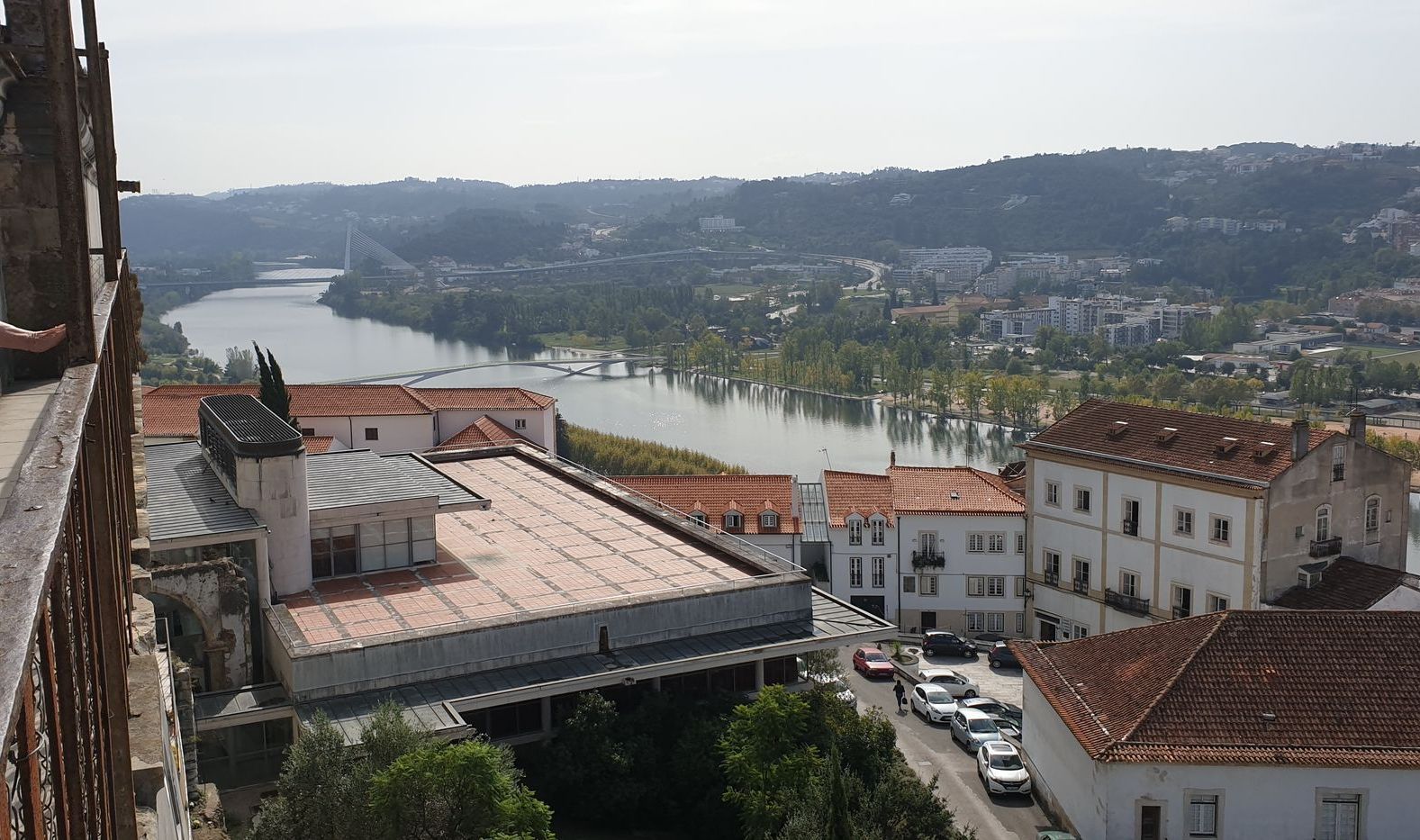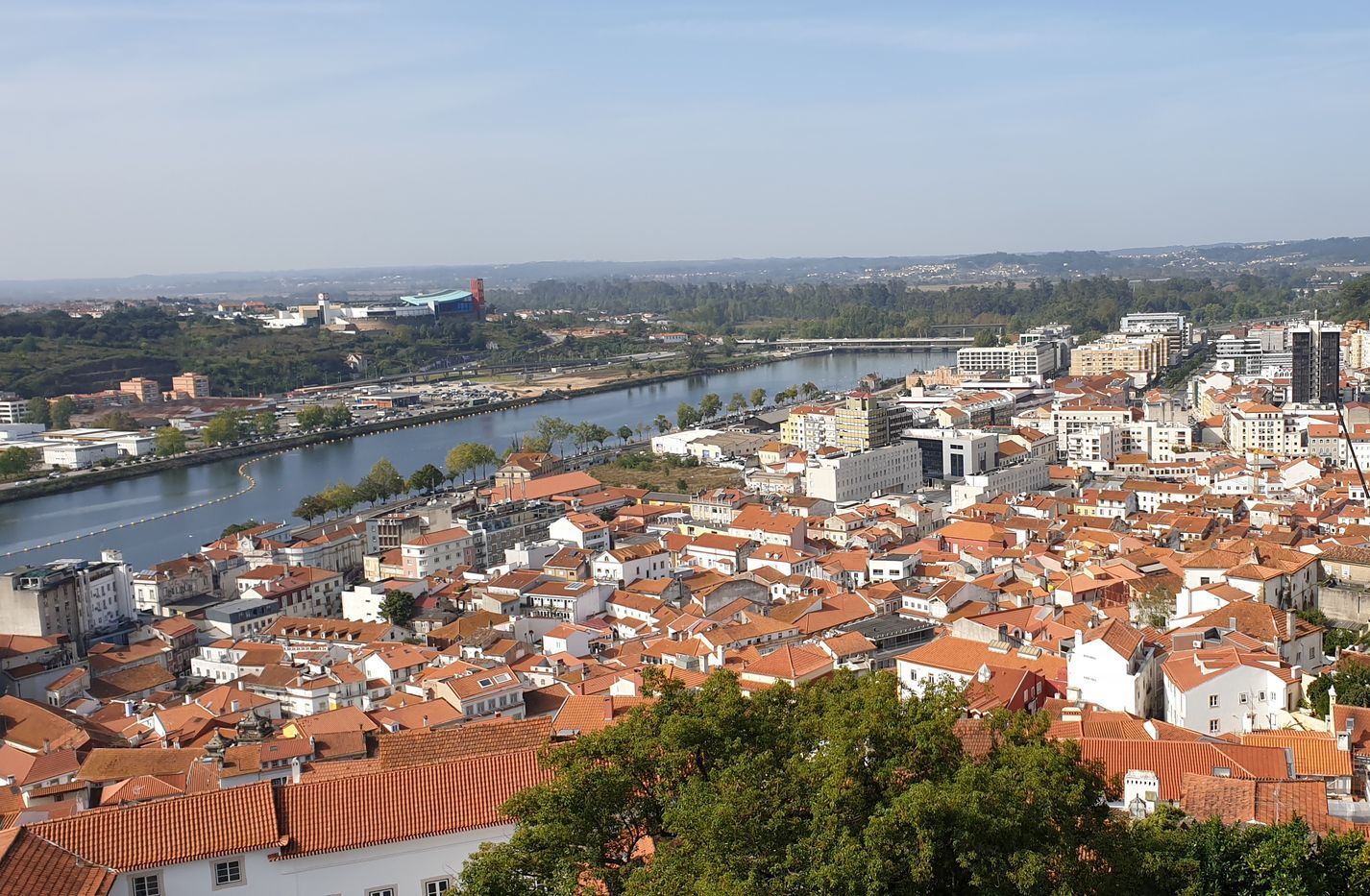FULL DAY TOUR
Coimbra- First capital city of Portugal
Coimbra - the first capital of the Nation
The University- Palace, Library and Scientific Circuit
Lunch at the Académica Stadium in Coimbra
Visit to the Machado de Castro Museum - cryptoporticus.
Botanical Garden- Bamboo Forest Trail
Pick up and drop off included.
All tickets and lunch included.
We adjust the itinerary to any slight mobility issue.
This Tour starts at Porto or Lisboa.
Coimbra holds a vast and unique patrimonial wealth achieved over centuries, having been chosen by D. Afonso Henriques as the first capital of the Kingdom of Portugal. The city was the birthplace of kings and a multicultural center, recognized by the definitive establishment of the University, in 1537, one of the most important and prestigious educational institutions in Portugal.
Closely linked to the City and the University do the academic traditions, the student fraternities, the experiences between students and local market fairs (futricas) and the fado song of Coimbra, where the erudite and the popular merge, constitute an intangible heritage of excellence. The famous football club Académica de Coimbra, cherished by the city and throughout Portugal, for a long time (until the 70s) the only almost amateur football club (students) to compete in the professional leagues.
Equally attractive is Coimbra's natural landscape, highlighting its parks and gardens of significant historical and scientific value, which invite moments of contemplation, ennobling Coimbra's history and heritage. The city is bathed by the Mondego River, a 100% Portuguese river, which originates in Serra da Estrela, and flows into the Atlantic near the city of Figueira da Foz. In 2021Coimbra had around 140,000 inhabitants.
We start our local tour visiting Coimbra University. With more than 700 years of history, the University of Coimbra is an essential institution in the history of Portugal and the entire Portuguese-speaking world, having been considered a UNESCO World Heritage Site in 2013, due to its unique material and immaterial heritage, fundamental in the history of European and global scientific culture.
Founded in Lisbon in 1290 by King Dinis, the University (Estudos Gerais) is one of the oldest in the world. Originally, the University had four Faculties; Theology, Canons, Laws and Medicine, with its facilities alternating between Lisbon and Coimbra for three centuries.
This was definitively established in Coimbra in 1537, during the reign of John III, settling in the current Paço das Escolas in 1544.
In 1772 the Marquis of Pombal, prime-minister at the time, introduces a deep change in the traditional religious teaching methods. This led to the modernization of education, with a special focus on the science teaching component. For this purpose, the Faculty of Mathematics and Natural Philosophy was created and the teaching of medicine was reformed.
This set of reforms created the need to construct new buildings and spaces to house the new studies. As such, at this time the Astronomical Observatory, Chemical Laboratory, the initial nucleus of the Botanical Garden, the Natural History Gallery, the Experimental Physics Office and the University Press were built.
The building currently known as the Royal Palace was built at the end of the 10th century, serving as the city governor's citadel during Muslim rule. In 1131 it became the first Portuguese royal residence, inhabited by D. Afonso Henriques, the first king of Portugal. The second Portuguese dynasty, House Avis, also started in these very walls, with a national assembly that confirmed John I as king, in 1385.
Next we visit the baroque Library of the 18th Century. Built by order of King John V Its construction was completed in 1728. It was in operation as the University Library from 1777 until the first half of the 20th century.
Inside there are around 60 thousand volumes, dating from the 16th to the 18th centuries, of the most varied themes, which can be consulted even today.
It’s probably the best example of Portuguese baroque, of a stunning beauty.
Next we proceed to enjoy a nice lunch at the Académica de Coimbra soccer Stadium, with VIP view to the lawn, just behind the Presidential cabin, taking advantage of this route to see a bit more of Coimbra city.
In the afternoon we visit one of the best Portuguese museums – Machado de Castro.
The Machado de Castro National Museum owes its name to the Coimbra native who was a royal sculptor during the reigns of D. José, D. Maria I and D. João VI and the most notable representative of Portuguese sculpture from the 18th century. The Museum opened to the public on October 11, 1913, occupying the buildings that, from the 12th to the 18th century, were built as an episcopal residence and, in the middle of the 19th century. XX, adapt to the museum function.
The Roman city of Aeminium was born 2000 years ago. The place where the Machado de Castro National Museum is located today was the Roman forum. The cryptoporticus was erected to avoid the slope of the hill by creating an artificial platform. The Roman construction supported the courtyard and adjacent buildings.
We finish our day with a walking tour at the University Botanical Garden, strolling through its Bamboo forest (some steep slopes).
Return to Lisbon or Porto


